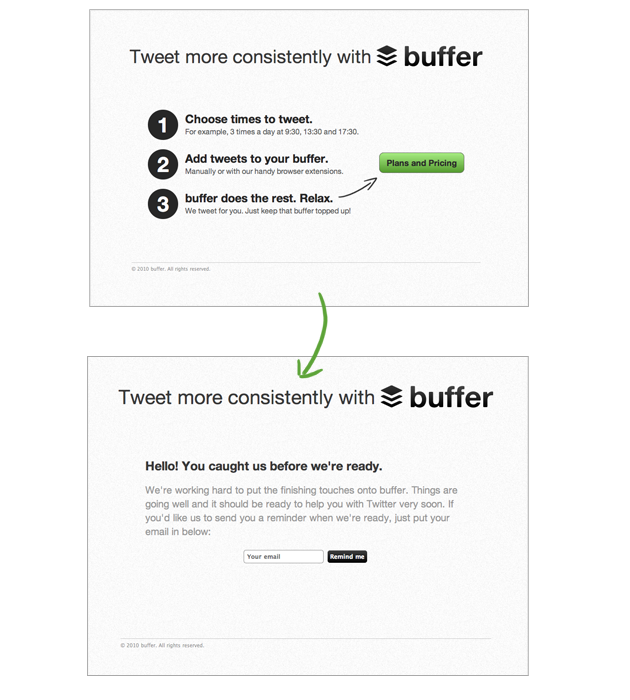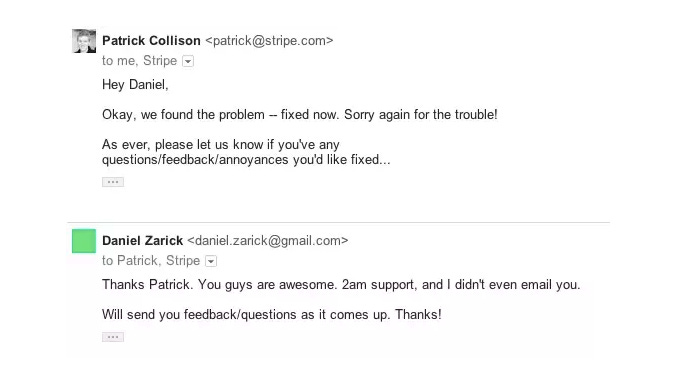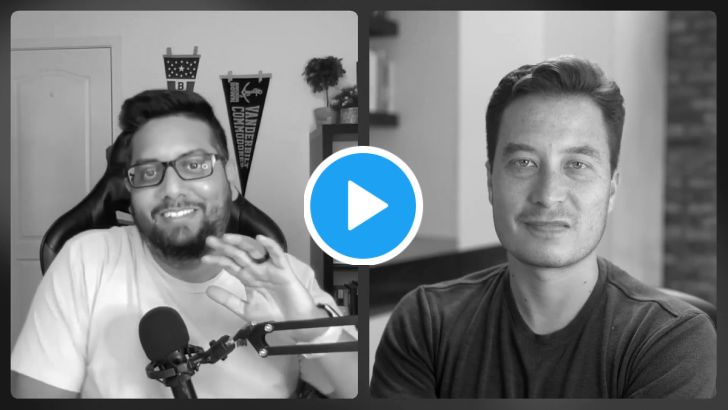How to build an MVP without setting $17,000 on fire like me
How to build an MVP without setting $17,000 on fire like melessons learned from a time when I didn't know what no-code was or what customer discovery meant
Hey everyone, welcome to another edition of KP’s Column, a weekly advice column for founders who want proven playbooks on building products, using no-code tools, building in public and creating content. In this edition, you’ll learn about how NOT to build your MVP, followed by some advice on how to build it correctly.
But first, here’s some real talk I haven’t shared that much publicly. I like to think I am somewhat of an “expert” on the domain of building MVPs *now*. I personally built nearly 15 MVPs and played a direct/indirect role in the creation of 500+ products/projects through coaching/mentoring founders in the last 4 years across all my work efforts. However, I made more mistakes than I can count in my early days. Here’s one such I poured and lost $17,000 into building an MVP for a SaaS product idea I had back in 2017-18. It was called “ClosingPage” and it was supposed to a content platform for sales reps at mid-market B2B companies. The problem? I outsourced the actual product development to an agency in India because I didn’t know how to code. Not only did they take more than 6 months to build an MVP but also cost me $17k for a shitty looking MVP 💩 Another problem? I never validated the problem/idea the right way before building out the MVP. Sure, I did a few customer discovery interviews but I didn’t follow “The Mom Test” method. (Google it!) Additionally, I had no “founder-market fit” which means I didn’t personally have any insider view of the problem I set out to solve (sales reps in mid market companies) .. so I was sitting on a bunch of assumptions. After 6 months, we finally went live to the market. Naturally, as you can predict, nobody became a customer of our MVP and I made $0 in revenue from that project. What’s worse is I had a team so we all wasted collectively wasted 6-8 months of precious time. I hit rock bottom after that experience and questioned whether I was worthy of being a tech founder at all. A huge challenge was that I had zero network back then so I couldn’t rely on any entrepreneurial friends/peers/ communities like Day One for real advice. Well, as some of you know the rest of the story, after this painful moment, I stumbled into no-code in 2018. Took it seriously and built 15+ MVPs/projects in public, became a top leader in the no-code low-code space, joined On Deck and built a massive startup network and a global Internet audience. By no means do I have all the answers but here are a few tips from my experience of sucking at building MVPs to eventually mastering the process: 6 key lessons I have for you while building an MVP:1. Treat your MVP like a food truck, not a fancy rooftop restaurant99% of the time you are likely to overthink how many features your MVP should have. I say focus on identifying one killer feature (by talking to people) and keep the scope of your MVP super lean. More like a food truck, less like a fancy eatery.  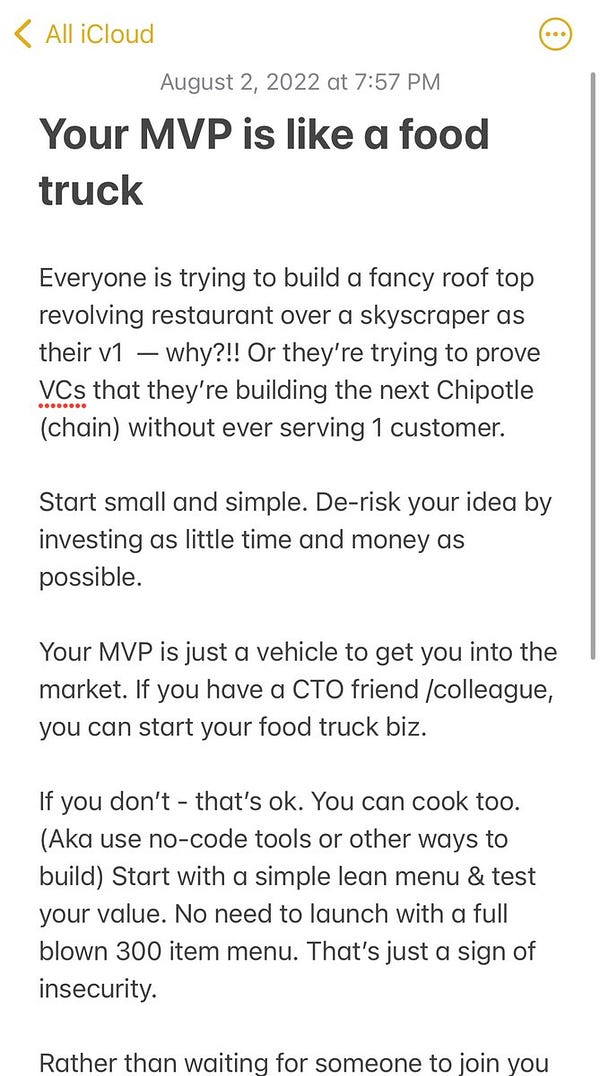 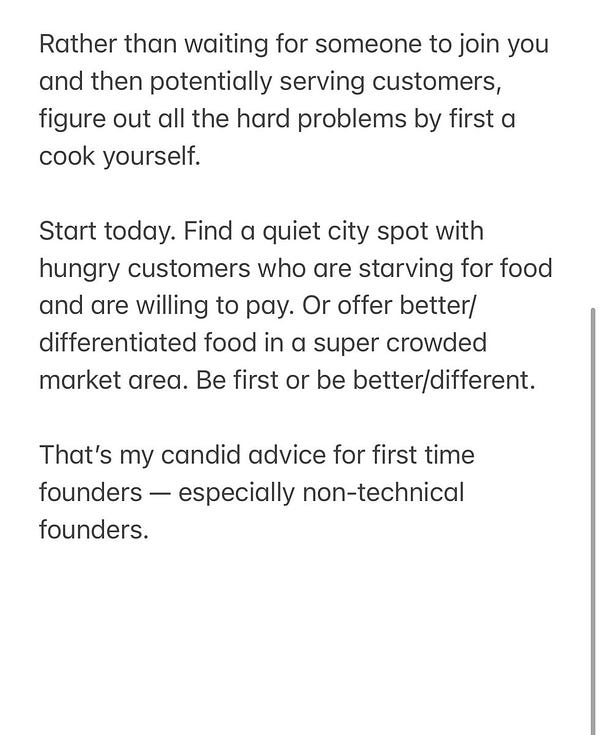 2. Launch a fake-door landing page to double check for demandThe social media scheduling tool Buffer is infamous for this clever hack. They launched a new landing page to test their messaging and whether people would pay or not. They placed a fake button and measured how many clicks they received. Having a fake-door or a placebo button on your landing page allows you to quickly/cheaply see if there was enough underlying demand in your problem. 3. Use a waitlist to collect emails and only obsess about the early adopters who actually *get* what you’re buildingA lot of founders make the mistake of directly unveiling their MVP to public without creating any buzz around the launch. Never open to a vague general audience. Set up a waitlist & let people share why they’re excited about your idea through filling out a survey/questionnaire. This makes it easy to filter out the hyper passionate fans and onboard them first to get feedback while you’re still refining the MVP. 4. Create an MVP or v1 using no-code toolsIn this day and age, there’s no excuse to NOT ship your MVP as early as possible. No-code is the fastest ramp to testing an idea without investing too much time/money. You can always iterate from there and build a robust v2 once you have a v1.  Programming Wisdom @CodeWisdom “If a picture is worth a thousand words, a prototype is worth a thousand meetings” — IDEOHere are two resources to get you started in no-code : 5. Attract the first 1 or 10 paying customers yourself by doing things that don’t scaleEvery great startup begins with 1 paying customer. Then 10. This is the most invaluable stage of a founder journey and you HAVE to get your hands dirty. No shortcuts, no complex processes. Just onboard them manually.
Below is a screenshot of an email exchange between the legendary Stripe founder Patrick Collison and one of their early paying customers Daniel where you’ll see Patrick fixing a bug and doing customer support personally. Paul Graham also shared: At YC we use the term "Collison installation" for the technique they invented. More diffident founders ask "Will you try our beta?" and if the answer is yes, they say "Great, we'll send you a link." But the Collison brothers weren't going to wait. When anyone agreed to try Stripe they'd say "Right then, give me your laptop" and set them up on the spot. 6. Attract your technical co-founder by building in publicFinding a technical cofounder is a huge pain for so many people. That’s because they’re using a “desperate” playbook. Instead of pitching the CTO your deck, show them your momentum in public. Rally a community of early users, get them talking about your product in public & generate buzz even with an imperfect MVP. Technical cofounders want to join a party that’s popping. Show your leverage and then make the ask.  That’s all on this topic for now. Let me know if any of these tips resonated with you. Announcements:
Co-signs:
Fun stuff:
Anyway, it’s a wrap for this week’s newsletter edition. Thank you for reading and giving me a piece of your attention! If you liked this post from KP's Column, why not share it? |
Older messages
What is the coolest startup product demo you've ever seen? Here's mine 👀
Sunday, October 9, 2022
Steve Jobs famously said: “The most powerful person in the world is the storyteller.” In tech startups, however, there's a dangerous misconception that you should let the product speak for itself.
The building blocks of building in public [part 1]
Sunday, October 9, 2022
tactical tips for founders who always wanted to build in public but are stuck somehow
You Might Also Like
🚀 Ready to scale? Apply now for the TinySeed SaaS Accelerator
Friday, February 14, 2025
What could $120K+ in funding do for your business?
📂 How to find a technical cofounder
Friday, February 14, 2025
If you're a marketer looking to become a founder, this newsletter is for you. Starting a startup alone is hard. Very hard. Even as someone who learned to code, I still believe that the
AI Impact Curves
Friday, February 14, 2025
Tomasz Tunguz Venture Capitalist If you were forwarded this newsletter, and you'd like to receive it in the future, subscribe here. AI Impact Curves What is the impact of AI across different
15 Silicon Valley Startups Raised $302 Million - Week of February 10, 2025
Friday, February 14, 2025
💕 AI's Power Couple 💰 How Stablecoins Could Drive the Dollar 🚚 USPS Halts China Inbound Packages for 12 Hours 💲 No One Knows How to Price AI Tools 💰 Blackrock & G42 on Financing AI
The Rewrite and Hybrid Favoritism 🤫
Friday, February 14, 2025
Dogs, Yay. Humans, Nay͏ ͏ ͏ ͏ ͏ ͏ ͏ ͏ ͏ ͏ ͏ ͏ ͏ ͏ ͏ ͏ ͏ ͏ ͏ ͏ ͏ ͏ ͏ ͏ ͏ ͏ ͏ ͏ ͏ ͏ ͏ ͏ ͏ ͏ ͏ ͏ ͏ ͏ ͏ ͏ ͏ ͏ ͏ ͏ ͏ ͏ ͏ ͏ ͏ ͏ ͏ ͏ ͏ ͏ ͏ ͏ ͏ ͏ ͏ ͏
🦄 AI product creation marketplace
Friday, February 14, 2025
Arcade is an AI-powered platform and marketplace that lets you design and create custom products, like jewelry.
Crazy week
Friday, February 14, 2025
Crazy week. ͏ ͏ ͏ ͏ ͏ ͏ ͏ ͏ ͏ ͏ ͏ ͏ ͏ ͏ ͏ ͏ ͏ ͏ ͏ ͏ ͏ ͏ ͏ ͏ ͏ ͏ ͏ ͏ ͏ ͏ ͏ ͏ ͏ ͏ ͏ ͏ ͏ ͏ ͏ ͏ ͏ ͏ ͏ ͏ ͏ ͏ ͏ ͏ ͏ ͏ ͏ ͏ ͏ ͏ ͏ ͏ ͏ ͏ ͏ ͏ ͏ ͏ ͏ ͏ ͏ ͏ ͏ ͏ ͏ ͏ ͏ ͏ ͏ ͏ ͏ ͏ ͏ ͏ ͏ ͏ ͏ ͏ ͏ ͏ ͏ ͏ ͏ ͏ ͏ ͏ ͏ ͏ ͏ ͏ ͏
join me: 6 trends shaping the AI landscape in 2025
Friday, February 14, 2025
this is tomorrow Hi there, Isabelle here, Senior Editor & Analyst at CB Insights. Tomorrow, I'll be breaking down the biggest shifts in AI – from the M&A surge to the deals fueling the
Six Startups to Watch
Friday, February 14, 2025
AI wrappers, DNA sequencing, fintech super-apps, and more. ͏ ͏ ͏ ͏ ͏ ͏ ͏ ͏ ͏ ͏ ͏ ͏ ͏ ͏ ͏ ͏ ͏ ͏ ͏ ͏ ͏ ͏ ͏ ͏ ͏ ͏ ͏ ͏ ͏ ͏ ͏ ͏ ͏ ͏ ͏ ͏ ͏ ͏ ͏ ͏ ͏ ͏ ͏ ͏ ͏ ͏ ͏ ͏ ͏ ͏ ͏ ͏ ͏ ͏ ͏ ͏ ͏ ͏ ͏ ͏ ͏ ͏ ͏ ͏ ͏ ͏ ͏ ͏ ͏ ͏ ͏
How Will AI-Native Games Work? Well, Now We Know.
Friday, February 14, 2025
A Deep Dive Into Simcluster ͏ ͏ ͏ ͏ ͏ ͏ ͏ ͏ ͏ ͏ ͏ ͏ ͏ ͏ ͏ ͏ ͏ ͏ ͏ ͏ ͏ ͏ ͏ ͏ ͏ ͏ ͏ ͏ ͏ ͏ ͏ ͏ ͏ ͏ ͏ ͏ ͏ ͏ ͏ ͏ ͏ ͏ ͏ ͏ ͏ ͏ ͏ ͏ ͏ ͏ ͏ ͏ ͏ ͏ ͏ ͏ ͏ ͏ ͏ ͏ ͏ ͏ ͏ ͏ ͏ ͏ ͏ ͏ ͏ ͏ ͏ ͏ ͏ ͏ ͏ ͏ ͏ ͏ ͏ ͏ ͏ ͏ ͏ ͏ ͏ ͏ ͏

